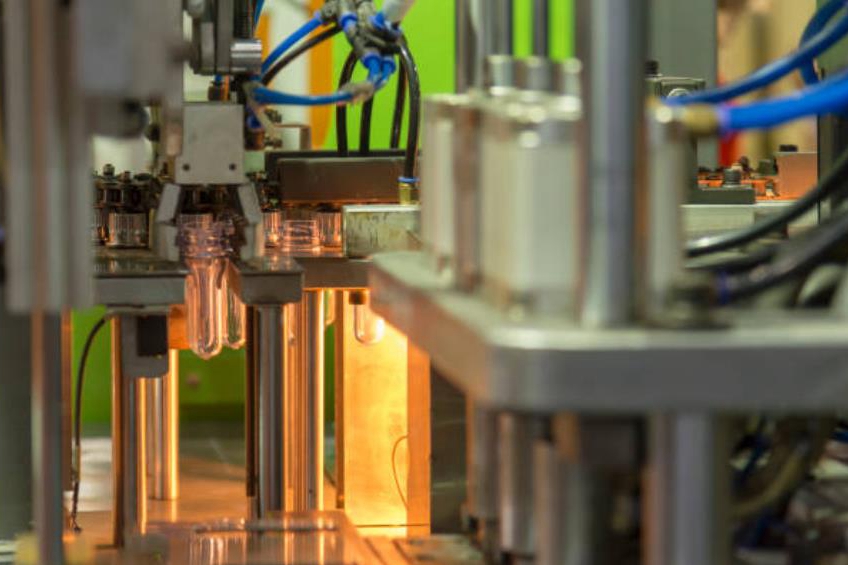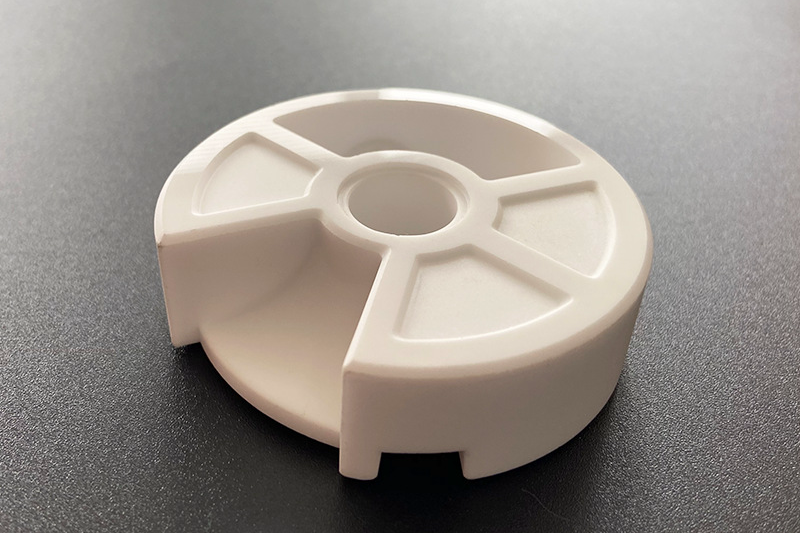How can enclosure designs balance slimness with durability?
How can enclosure designs balance slimness with durability?
Balancing a slim profile with robust mechanical performance starts with choosing the right manufacturing route, materials, and reinforcement strategy. For compact plastic housings, processes like plastic injection molding, overmolding, and insert molding allow thin walls while integrating ribs, bosses, and metal inserts where strength is needed. For metal enclosures, lightweight alloys produced via aluminum die casting, zinc die casting, or sheet metal fabrication provide stiffness without excessive thickness.
Optimizing wall thickness and geometry
Instead of simply increasing wall thickness, durable slim enclosures rely on intelligent geometry. For molded plastics, ribs, gussets, and well-rounded corners distribute loads efficiently and protect against drop impact. Early-stage validation through prototyping services and high-accuracy CNC machining prototyping helps define the minimum viable wall thickness and rib pattern before investing in tools. For die-cast housings, consistent section transitions and generous radii reduce stress concentrations while allowing thin yet strong shells around critical electronics.
Material selection for slim and strong housings
Material choice has a direct impact on how thin you can design without sacrificing durability. High-performance polymers such as polycarbonate (PC), nylon (PA), PBT, and PEEK offer excellent impact resistance and dimensional stability at reduced wall thickness. When higher stiffness is required, metal frameworks or brackets produced by cast aluminum or cast stainless steel can be combined with plastic skins using insert molding, delivering a slim yet mechanically robust hybrid enclosure.
Reinforcing critical areas with inserts and overmolding
Slim housings are most vulnerable at fastening points, hinge joints, and interface regions. Integrating metal inserts through insert molding significantly improves thread strength and torque resistance without thickening the entire enclosure. Overmolding allows soft elastomer layers to be added locally for grip and impact absorption while the structural core remains thin. This combination is widely used in handheld devices and power tools to achieve a sleek exterior with robust internal load paths.
Using surface finishes to enhance durability
Surface engineering plays an important role in protecting slim walls against abrasion, corrosion, and UV exposure. For aluminum and magnesium housings, anodizing increases surface hardness and corrosion resistance without adding bulk. For both metal and plastic enclosures, powder coating or high-performance painting systems provide impact, UV, and chemical resistance while preserving a slim form factor. Pre-treatment via controlled tumbling helps deburr edges and improve fatigue resistance without materially changing dimensions.
Application-driven design guidelines
Different industries prioritize slimness and durability in different ways. In consumer electronics, very thin PC or PC-ABS housings with internal ribs and metal inserts are common. Telecommunication enclosures must remain slim while passing drop, vibration, and EMI tests, often combining engineered plastics with metallic shielding structures. For medical device and lighting solution products, slim housings must also withstand cleaning agents, UV exposure, and thermal cycling, making material and coating selection critical.
Practical recommendation
The most reliable way to balance slimness and durability is to treat enclosure design, material selection, and process choice as a single system. Start with functional prototypes, refine wall thickness and rib layouts, then lock the final structure into a stable manufacturing route such as injection molding, die casting, or hybrid metal–plastic assemblies. Early collaboration with Neway’s engineering team helps align industrial design ambitions with realistic mechanical performance and long-term reliability.



